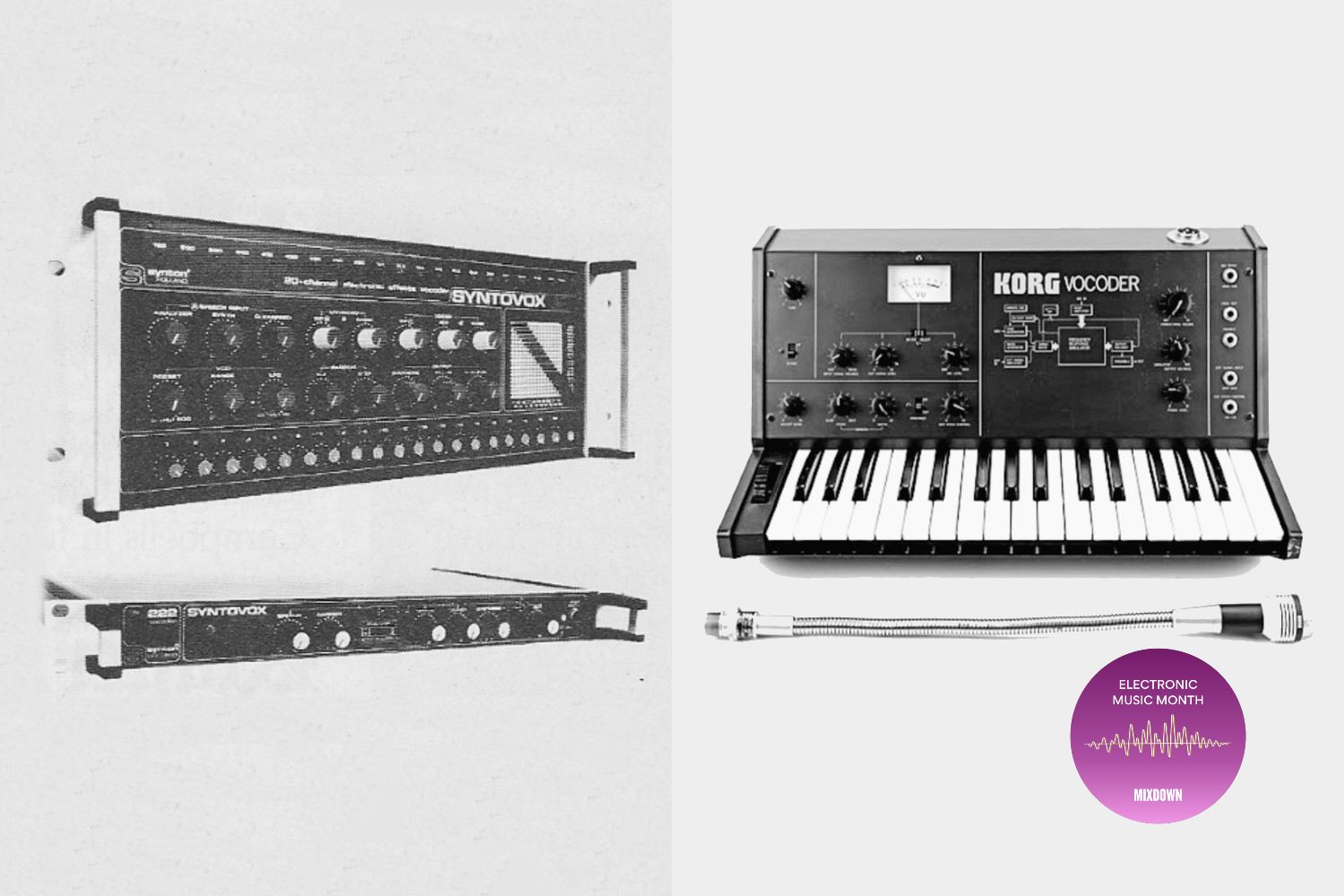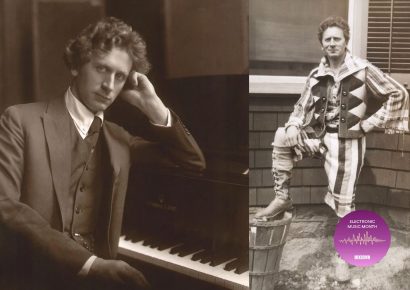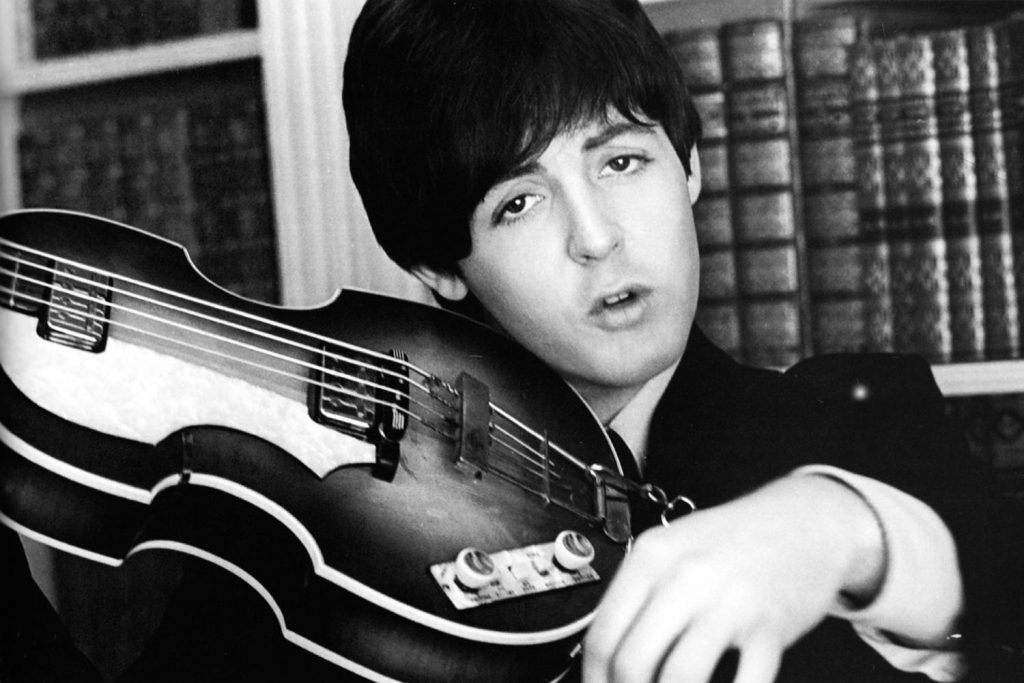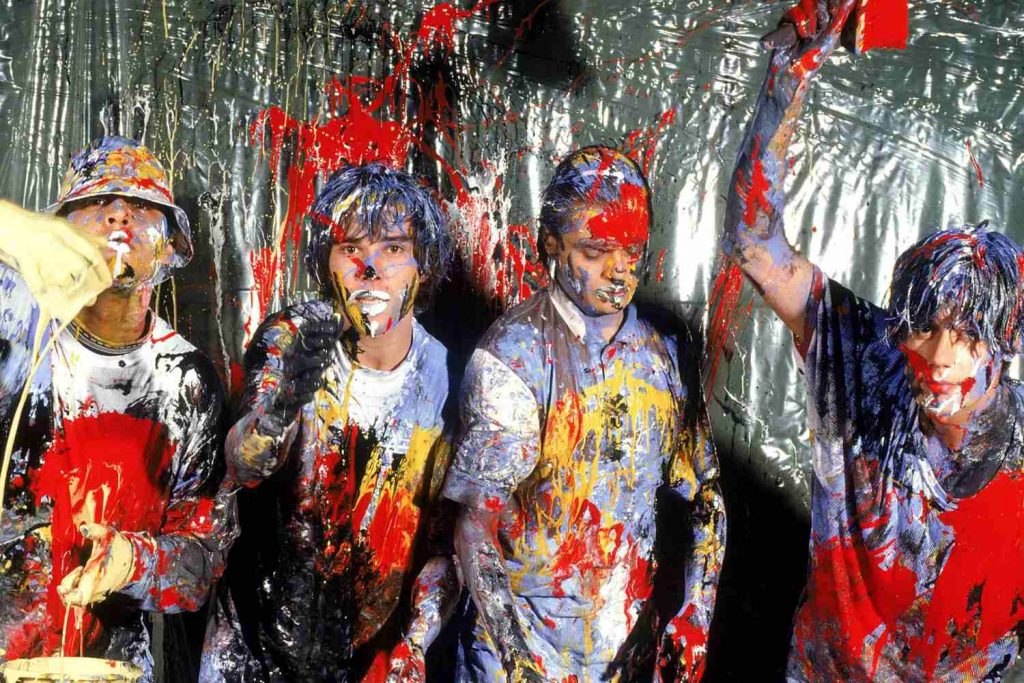A history of the vocoder, showing its influence and popular vocoder plugins.
From their humble beginnings as a way of condensing the human voice for transmission through cables underseas, the vocoder has had a long and storied history which included use in World War Two as a form of cryptography before it made Kraftwerk and Bambaataa sound like futuristic robots and spur on the creativity of millions. Let’s dive into the vocoder, how it works, what it does, and how it’s been used in pop and electro music today.
Summary:
- The vocoder was developed by Bell Labs as an audio compression technique to save bandwidth when transmitting human conversations long distances.
- It works by breaking the voice into very narrow frequency bands, tracking the envelopes of those bands, transposing them based on a frequency set by a modulator, and recreating the envelopes in these newly transposed envelopes.
- Its use throughout electro and pop music today is vast and ever expanding and we can thank a telephone company for creating it.
Read all the latest features, columns and more here.
How did this robot sound come to fruition?
The vocoder was invented in the 1930s by Homer Dudley of Bell Labs, as a means of compressing the human voice into something more easily transmittable to conserve bandwidth. The basic idea behind his work was to separate the human voice before it was sent through telephone lines so it could be reconstructed when it reached the intended destination.
During World War Two, the use of a vocoder was taken to the next level as Bell Labs were enlisted to provide a speech-encoding technology to encrypt Winston Churchill and Franklin D. Roosevelt’s conversations. Utilising this technology, only the envelopes of specific bandwidths were sent after they had been encoded by a secret record, and had to be reconstructed at the receiving end by vocoder experts, utilising the same record to decode the speech. The vocoder provided a way for signals to be transmitted without a need for codewords as the sheer amount of equipment required to reproduce the transmitted signals was enough to fill a room; the SIGSALY devices weighed over 55 tons a piece!
How does a vocoder work?
In layman’s terms, a vocoder encodes or synthesises human speech, hence the term vocoder (voice encoder). An input signal of your choosing is named the carrier and another audio signal you’re going to manipulate it with is called a modulator. Resonant band pass filters are set at specific frequency intervals by the modulator which the carrier signal activates, shaping frequency bands through the envelope of that specific frequency band.
For instance when you say “but”, the b sound is quite low in frequency and will activate the lower frequency bands and pronouncing the t sound will result in mid-high frequency bands being activated. You can imagine the low frequency bands reproducing more tonal sounds and higher frequency bands producing consonants and sibilance.
In music, typically a synthesiser is used as the modulator (more specifically an open sawtooth sound with short attack and a long decay) and a voice as the carrier. This creates that classic robot voice heard over countless track from Daft Punk to Herbie Hancock by making the voice have similar timbral qualities to a synthesiser while maintaining its amplitude and formants.
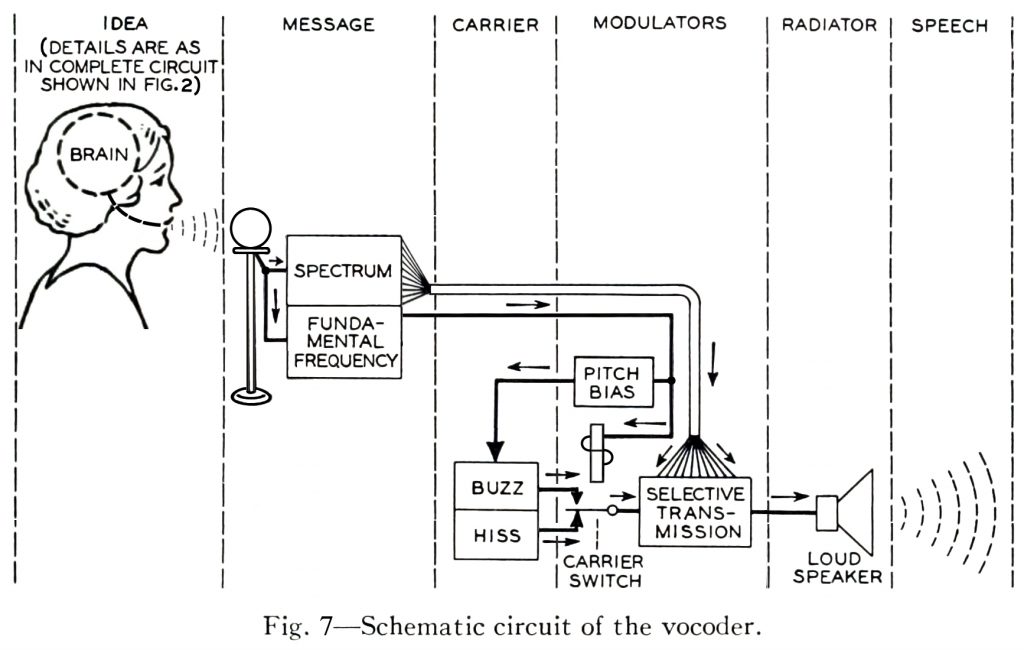
Use of the vocoder in music
There were early uses of the vocoder in music by Bell Labs but none appeared to penetrate the mainstream or serve as anything other than an advertisement of what their product could do.
It wasn’t until Wendy Carlos utilised a spectrum follower in her Moog rig, which is inherently the same technology as the modern vocoder, on Stanley Kubrick’s A Clockwork Orange, that it hit the mainstream. It is regarded as the first time a vocoder had been used in a widely successful release. The cover of Beethovens ‘Ninth Symphony’ set the tone for electronic music for years to come, albeit after a short hiatus.
No doubt, the electronic music pioneers Kraftwerk had been influenced by this revelation in technology, first utilising their customised vocoder on Autobahn, which marked one of the first uses of the technology on vocals. This record was a landmark for many reasons and the vocoder was a staple from this point on throughout their incredible discography.
Throughout the late 70s, the vocoder was used by a few acts, including Herbie Hancock on his record Sunlight. Herbie, who definitely has been an early adopter of music technology, perhaps from his Jazz upbringing, created quite a tacky record in Sunlight, but none the less laid a foundation for other artists to come through and produce full records with vocoder lines in place of the human voice.
“Can Y’all Get Funky?”
Fast forward a couple years and Afrika Bambaataa sampled the legends Kraftwerk on potentially the best electro record ever, ‘Planet Rock’. The vocoder action on this record was actually performed by the recording engineer, stealing a vocal line from The Strikers, and it displayed to the hip hop and funk heads what the future of those genres would be, electronic.
Fast forward to the 90’s and newer electro music was bubbling in the underground of Detroit as a consequence of their funk and techno backgrounds. Artists such as Aux 88, Underground Resistance and the legendary Drexciya and all their side projects utilised vocoders to hide their identity, sound otherworldly, or in Drexciya’s case, harness their underwater aesthetic.
After this influence on underground electro, the effect was clear, vocoders were here to stay. Looking forward in electro, Anthony Rother is among the top users of the vocoder, using it in his recorded music and in live performances. Check this video below for a masterclass on vocoder use.
Vocoder usage today
The vocoder was used by a large swathe of musicians aiming for a ‘futuristic’ sound which today may actually sound dated in certain genres. That hasn’t stopped modern pop producers using modern advanced vocoders on their records as well as vintage units. Products such as the free TAL Vocoder and Ableton’s built in Vocoder stay true to the original hardware units allowing some flexibility but producing relatively similar results to what you’d expect from 80s vocoders.
Vocoders become extremely enticing once you reach further developments in their technology, including vocoder plugins, VocalSynth 2 by iZotope and OVox by Waves. These two plugins allow the human voice to function more like a synthesiser than having to be shaped by one. They combine synthesis into a vocoder and add FX to become all in one machines, which you can hear across various pop modern pop records alongside pitch correction software.
You don’t have to look far to see tracks like ‘Pony’ by Ginuwine and its iconic “yeah, yeah, yeah”, which forms the backbone of the whole track. Imogen Heap’s ‘Hide and Seek’ transforms her vocal performance into a full ensemble through the use of the vocoder among other vocal effects. And how could this be a discussion about vocoders without talking about Kanye West’s incredible Vocoder solo on his nine minute epic ‘Runaway’.
Without the amount of money invested into research by Bell Labs, it’s unsure if we’d have the vocoder today, in all its funky and transformative vocal modulation. We as musicians and listeners to music have them to thank as I personally can’t imagine where pop and electro would be if it weren’t for the humble vocoder.
This article was originally published August 25, 2021.
If you found this article interesting, check out this video by Doctor Mix playing 10 famous songs on a vocoder.
